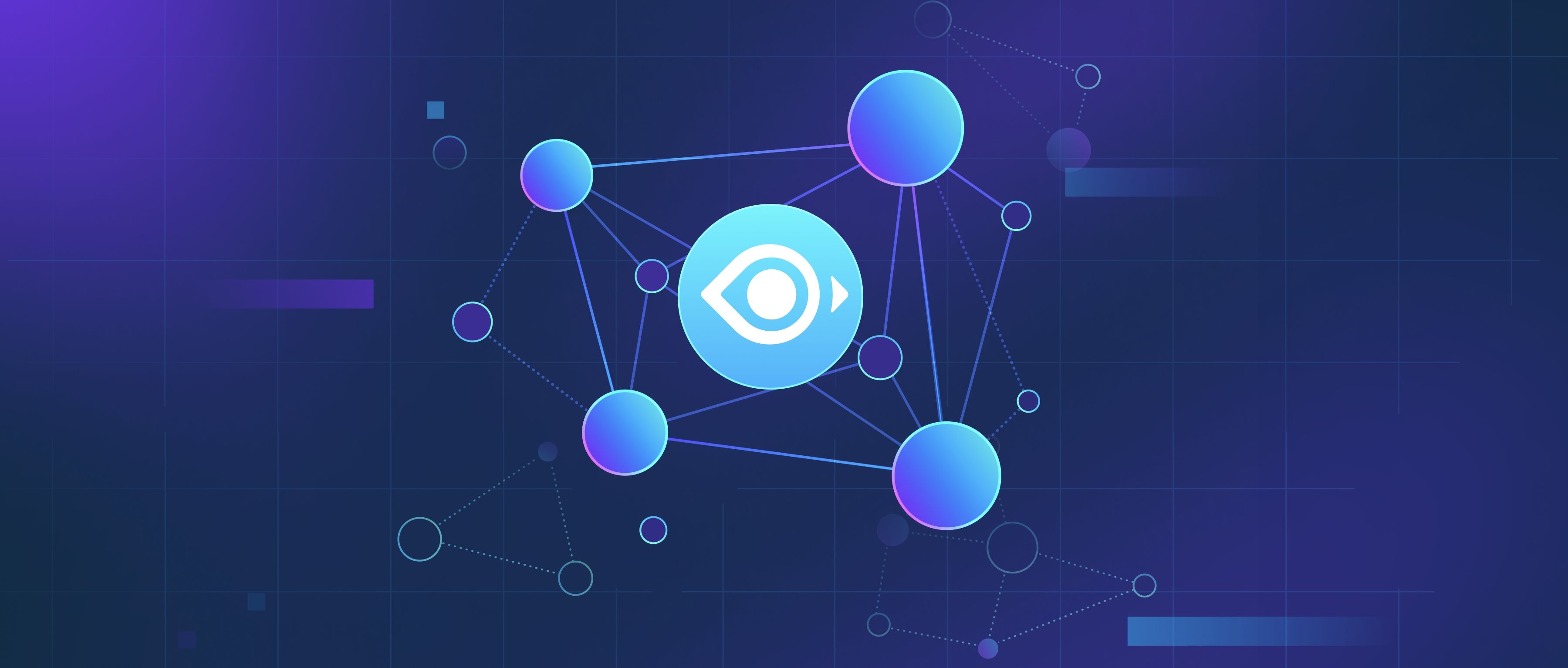DeepResearch can enhance the creation of a comprehensive knowledge base or wiki by automating data aggregation, improving content organization, and ensuring ongoing accuracy. Its tools streamline the process of gathering, structuring, and maintaining information, which is critical for building a reliable and scalable resource.
First, DeepResearch excels at aggregating and synthesizing data from diverse sources. For example, it can scan academic journals, technical documentation, forums, and industry reports to compile relevant information on a topic. This reduces the manual effort required to collect data, especially for niche or rapidly updating subjects. A developer building a wiki on machine learning frameworks could use DeepResearch to pull documentation from TensorFlow, PyTorch, and academic papers, then identify common patterns or gaps. Additionally, it can cross-reference sources to flag inconsistencies—such as conflicting API usage examples—helping maintainers resolve discrepancies before publishing content.
Second, DeepResearch aids in structuring content through natural language processing (NLP) and semantic analysis. It can automatically categorize information, suggest hierarchical relationships, and generate internal links between related topics. For instance, when creating a cybersecurity wiki, DeepResearch might analyze threat reports to group vulnerabilities by type (e.g., SQL injection, XSS) and link them to mitigation techniques. It can also generate summaries of lengthy research papers, turning complex findings into digestible wiki entries. This ensures the knowledge base is navigable and logically organized, even as new content is added by contributors.
Finally, DeepResearch supports ongoing maintenance by detecting outdated or incomplete information. It can monitor source repositories, research databases, or community forums for updates and alert maintainers when content needs revision. For example, if a software library deprecates an API, DeepResearch could flag affected wiki pages and suggest updates based on the latest documentation. It can also analyze user queries to identify gaps—like frequently searched terms with no corresponding articles—and recommend new topics. This proactive approach reduces the risk of stale or inaccurate information, ensuring the knowledge base remains a trusted resource over time.
